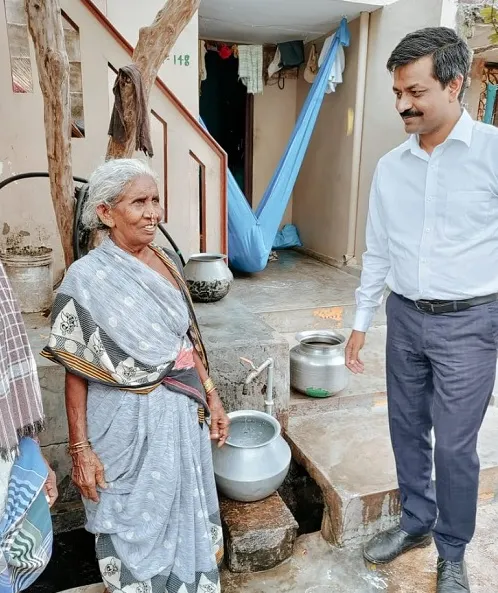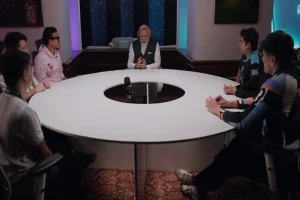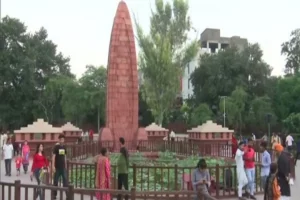As many as 13 crore rural households in India now have tap water connection—a whopping increase from a mere 3.23 crore in 2019. The Narendra Modi government launched the Jal Jeevan Mission (JJM) on August 15, 2019 from the ramparts of the Red Fort with an aim to provide safe and quality water to every household in India. According to estimates there are about 17 crore rural households in India.
As per the mission, six states — Goa, Telangana, Haryana, Gujarat, Punjab and Himachal Pradesh and along with three union territories – Puducherry, Daman and Diu and Dadra and Nagar Haveli besides Andaman and Nicobar Islands, have reported 100 per cent coverage. Bihar is at 96.39 per cent, followed by Mizoram at 92.12 per cent. These states will also achieve 100 per cent tap connection in the near future.
“Goa, Haryana, Punjab, A&N Islands, Puducherry, D&NH and D&D are ‘Har Ghar Jal certified States/ UTs i.e., in these states/ UTs, the villagers have confirmed through Gram Sabhas that ‘all households and public institutions’ in the village are getting adequate, safe and regular supply of water. As many as 145 districts and 1,86,818 villages in the country have reported 100% coverage,” an official statement said.
Since January 1, this year, on an average 87,500 tap connections have been provided every day. Uttar Pradesh has topped the progress chart in the current financial year with installation of 61.05 lakh functional household tap connections since January.
The ‘Har Ghar Jal’ programme has been one of the major achievements of the government bringing significant socio-economic benefits for the rural population. Regular tap water supply relieves people, especially women and young girls, from archaic drudgery of carrying heavy bucket loads of water to meet their daily household needs, the statement said, adding that the time saved can be used for income generation activities, learning new skills and supporting children’s education.
Also read: Central Water Commission makes breakthrough, launches app to monitor floods in real time




















